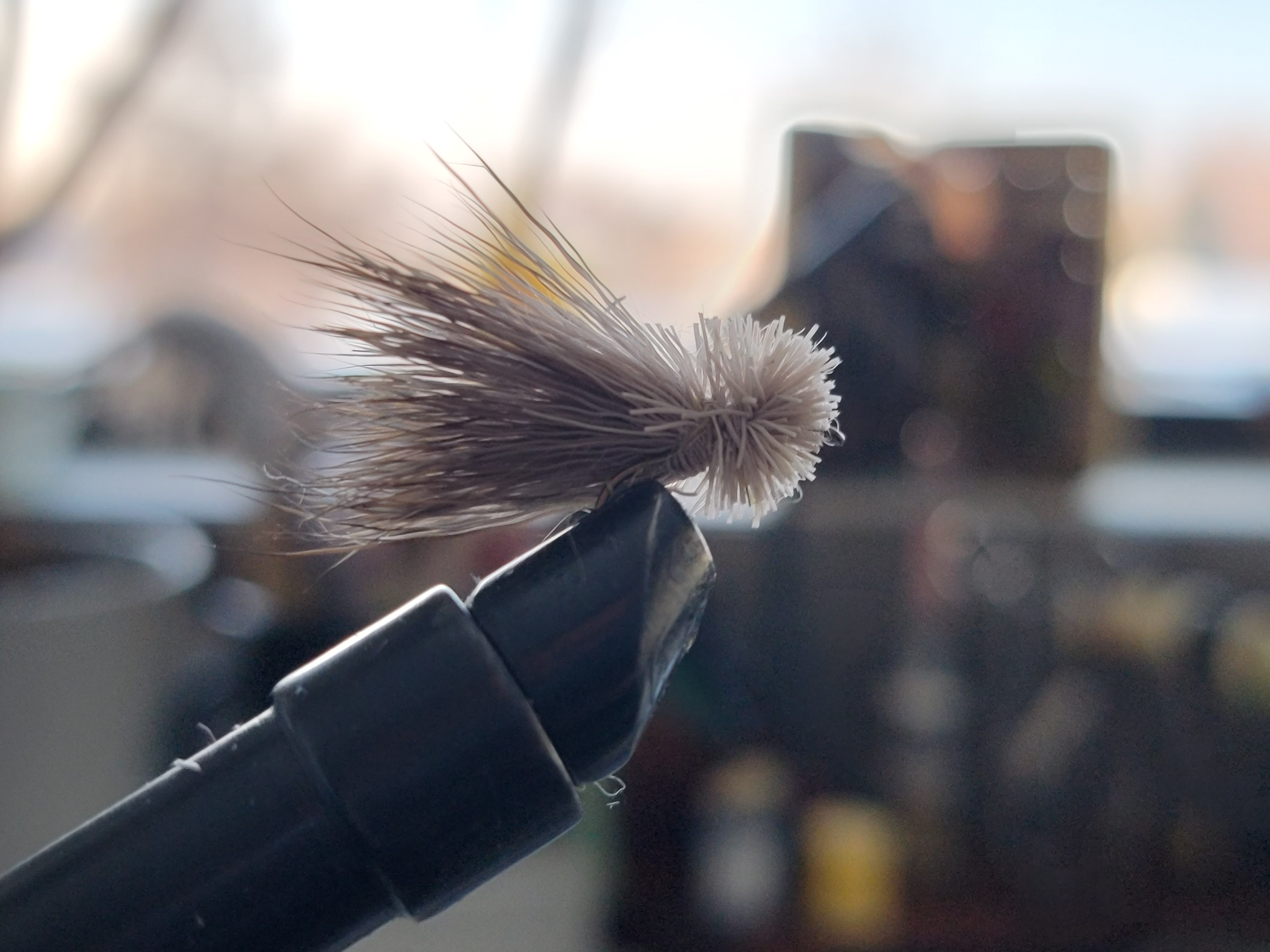Learn how to tie the classic Hare's Ear Nymph fly pattern for successful fly fishing outings.
Understanding the Hare's Ear Nymph Fly Pattern
The Hare's Ear Nymph is a versatile and effective fly pattern used in fly fishing. It imitates the nymph stage of various aquatic insects, making it a reliable choice for trout and other freshwater gamefish. The fly gets its name from the natural hare's ear dubbing used to create the body, which gives it a lifelike appearance.
The Hare's Ear Nymph typically features a weighted body to help it sink and mimic the natural movement of underwater insects. The fly also incorporates a variety of materials, including feathers, synthetic fibers, and tungsten beads, to enhance its durability and attractiveness to fish.
By understanding the Hare's Ear Nymph fly pattern, you can better appreciate its design and effectiveness in fooling fish into biting. This knowledge will also allow you to make any necessary adjustments or variations to suit different fishing conditions and preferences.
Gathering Materials and Tools
Before you begin tying the Hare's Ear Nymph, gather all the necessary materials and tools. Here's a list of what you'll need:
- Hook: Choose a suitable nymph hook size, such as a size 12 or 14.
- Thread: Select a strong and durable thread in a color that matches the fly.
- Bead: Use a tungsten or brass bead to add weight to the fly.
- Dubbing: Natural hare's ear dubbing is a key material for the fly's body.
- Ribbing: Fine copper wire or tinsel can be used to create ribbing on the body.
- Tail and Legs: Soft and flexible materials like pheasant tail fibers or hackle feathers work well for the tail and legs.
- Wingcase: Thin strips of mottled turkey or pheasant tail can be used for the wingcase.
- Thorax: A blend of dubbing materials, such as hare's ear and peacock herl, can be used to create the thorax.
- Tools: You'll need a vise, scissors, bobbin, hackle pliers, and a dubbing needle or brush to complete the fly.
Step-by-Step Tying Instructions

Follow these step-by-step instructions to tie the Hare's Ear Nymph:
1. Start by placing the hook in the vise and securing it tightly.
2. Attach the thread to the hook and create a smooth thread base.
3. Slide the bead onto the hook and position it behind the eye.
4. Secure the bead in place by wrapping the thread behind it.
5. Attach the ribbing material to the hook shank and secure it with thread wraps.
6. Apply a small amount of dubbing to the thread and create a dubbing noodle.
7. Wrap the dubbing noodle around the hook shank to form the body.
8. Use the ribbing material to create evenly spaced wraps over the body, securing it with thread wraps.
9. Tie in the tail and legs materials at the rear of the hook.
10. Create a wingcase by tying in the wingcase material at the halfway point of the hook shank.
11. Build up the thorax by applying a blend of dubbing materials behind the wingcase.
12. Whip finish the fly and trim any excess materials.
13. Use a dubbing needle or brush to pick out and shape the dubbing for a more natural appearance.
14. Optional: Apply a small amount of head cement or UV resin to secure the thread wraps and increase durability.
Adding the Finishing Touches
To add the finishing touches to your Hare's Ear Nymph fly, consider the following tips:
- Trim the tail and legs to the desired length, keeping them proportional to the size of the fly.
- Vary the color of the dubbing to imitate different species of nymphs or match specific fishing conditions.
- Experiment with different bead colors to add flash or mimic natural color variations found in aquatic insects.
- Use a small amount of UV resin or clear nail polish to coat the wingcase and increase its durability.
- Personalize your fly by adding additional accents, such as a hotspot of colored thread behind the bead or a small tuft of CDC feathers for added movement.
Tips for Fishing with the Hare's Ear Nymph

Once you've tied your Hare's Ear Nymph flies, here are some tips for effectively fishing with them:
- Use the Hare's Ear Nymph as a searching pattern when you're unsure of what the fish are feeding on. It's a versatile fly that can imitate a wide range of nymphs.
- Adjust the weight of the fly by selecting different bead sizes or dding additional wraps of lead wire to the hook shank. This allows you to fish at different depths and speeds.
- Present the fly near the bottom of the water column, as that's where most nymphs are found. Use techniques like dead-drifting or nymphing to imitate the natural movement of underwater insects.
- Vary your retrieve speed to find the most effective presentation. Sometimes a slow, subtle retrieve works best, while other times a faster, more erratic retrieve triggers strikes.
- Pay attention to the behavior of fish and the presence of other insects. If you notice fish actively feeding on a specific insect, try matching the size and color of your Hare's Ear Nymph to that insect.
- Don't be afraid to experiment with different sizes and variations of the Hare's Ear Nymph. Sometimes a slight change in size or color can make a big difference in attracting fish.
.png?width=300&height=100&name=Copy%20of%20Rise%20Beyond%20Logo%2012.31.24%20(300%20x%20100%20px).png)
.png)

.jpg)
